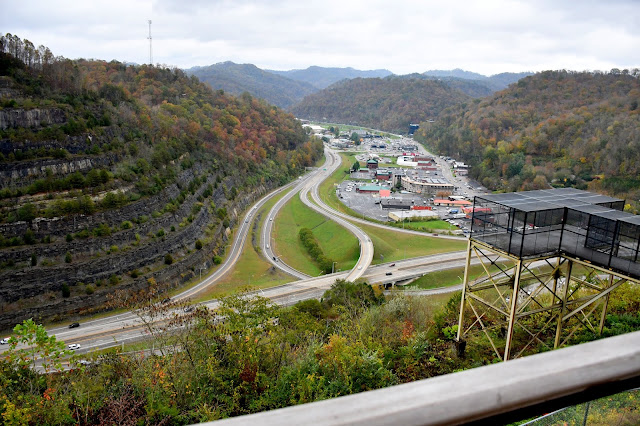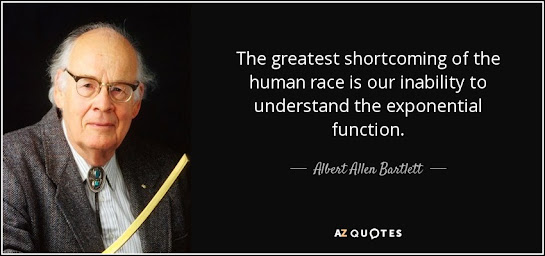The Hydrogen Economy Myth
If you believe that there are good reasons to say that hydrogen produced with nuclear energy should be deemed to be "pink," then there must be something that doesn't click right inside your brain. The people who propose this rainbow of colors for a colorless gas don't seem to realize that when you arrive to this level of silliness, there has to be something deeply wrong at the very basis of the idea. (Courtesy of this article)
I have mentioned how non-renewable "renewables" don't actually reduce fossil fuel use AND how they require the fossil fuel platform for their very existence in several of my articles. This means that ANYTHING which depends upon that infrastructural layer also doesn't reduce fossil fuel use due to the ongoing building, maintenance, and decommissioning and disposal of the infrastructural layers of civilization which support these upper layers and said "anything" also requires the fossil fuel platform for its existence likewise. This is precisely why all these ideas which rely on the electrical grid are not likely to provide emissions reductions, especially when the EROEI is below that which is necessary to support industrial civilization, generally taken to be between 10:1 - 15:1. One study actually demonstrates solar PV EROEI to be less than 1:1, meaning that they are actually energy-negative in the area where they have been installed. Notice that this depends upon several involuntary factors such as insolation, design and efficiency of the panels, etc.
I have also written about the amount of pollution these devices create, not just from their manufacture through destructive mining and extraction of the fossil fuels, rare earth minerals, steel, and aggregate and cement necessary for the concrete these devices require, but also from the decommissioning and disposal once their lifespans (generally anywhere from 15 to 30 years) are completed. These products contain materials which are toxic and hazardous, and while we may have the ability to recycle them today, this ability will be hampered seriously in just a few years' time due to energy and resource decline. Despite this ability, most wind turbine blades and solar panels are simply thrown into landfills due to transportation costs being too high to take to a suitable recycling facility. One look at this short 2-minute video demonstrates how unsustainable these ideas really are.
Now, this particular article has to do with the idea of substituting hydrogen for fossil fuels, which most people see as a way to extend industrial civilization into the future without using fossil fuels. Of course, this is typically entirely misunderstood by society due to a lack of comprehension of the physics and chemistry involved. Ugo Bardi explains here and here the trouble with this idea and why not only is it not feasible, but it is energy-negative and economically too costly. Alice Friedemann also explains the reasons this idea is destined for the dustbin here.
In a new paper from William E. Rees and Megan K. Seibert, the following quote regarding hydrogen appears:
"The single greatest problem with producing hydrogen is that, regardless of method,
more energy is required to produce and compress the product than it can later
generate (8-11).
The only viable, large-scale feedstock for hydrogen is natural gas, and the gas
reforming process requires temperatures ranging from 1,300°F to 1,830°F (700°C to
1,000°C) (9-12). Gas reforming produces substantial greenhouse gas (GHG) emissions
and presents numerous problems in the way of leakage, corrosion, and accidental
combustion (8-9, 12)."
Unfortunately, many stories about the hydrogen economy are still filtering through society by unwitting individuals and by companies wanting to cash in on the hype. This is kept possible only by the sheer ignorance of the scientific facts by a public willing to believe in fantasies, myths, and fairy tales.
Update 1-16-23: A new video by Sabine Hossenfelder explains in detail
There really is no substitute for Tom Murphy's new book, which delineates these myths and fantasies for what they are and provides a view of reality (a cold shower for those who have dreams of bright, green, shiny futures). THIS CHAPTER is the reality of the situation; notice how hydrogen is not listed. This is because hydrogen is not a SOURCE of energy, but a CARRIER. These inconvenient truths make the idea of a "hydrogen economy" entirely ridiculous. Of course, being the entire human enterprise of civilization is unsustainable, such ideas shouldn't be too surprising.
Most all ideas brought forth to replace fossil fuels and the energy they represent don't come anywhere close to being able to do so. While there are ideas that may be TECHNICALLY feasible, these don't automatically translate into those ideas being feasible within society AND also being sustainable long-term. As long as we try to sustain that which is unsustainable, we are only bringing more serious consequences ever more quickly our way. See What Would it Take For Humanity to Experience Radical Transformation? or Section D.5.2 through D.6.1 here for more information.
Update 8-12-21: Another article from Ugo regarding Aquarius Engines' "new" hydrogen engine.
Update 4-12-22: Here are two new studies about hydrogen emissions and their effect on climate change:
At the end of the day, we need to Live and Love Now.











Here's a working link to the "short 2-minute video" referenced above: https://video.world-energy.org/uploadfile/video/2021/06/202106113.mp4
ReplyDelete